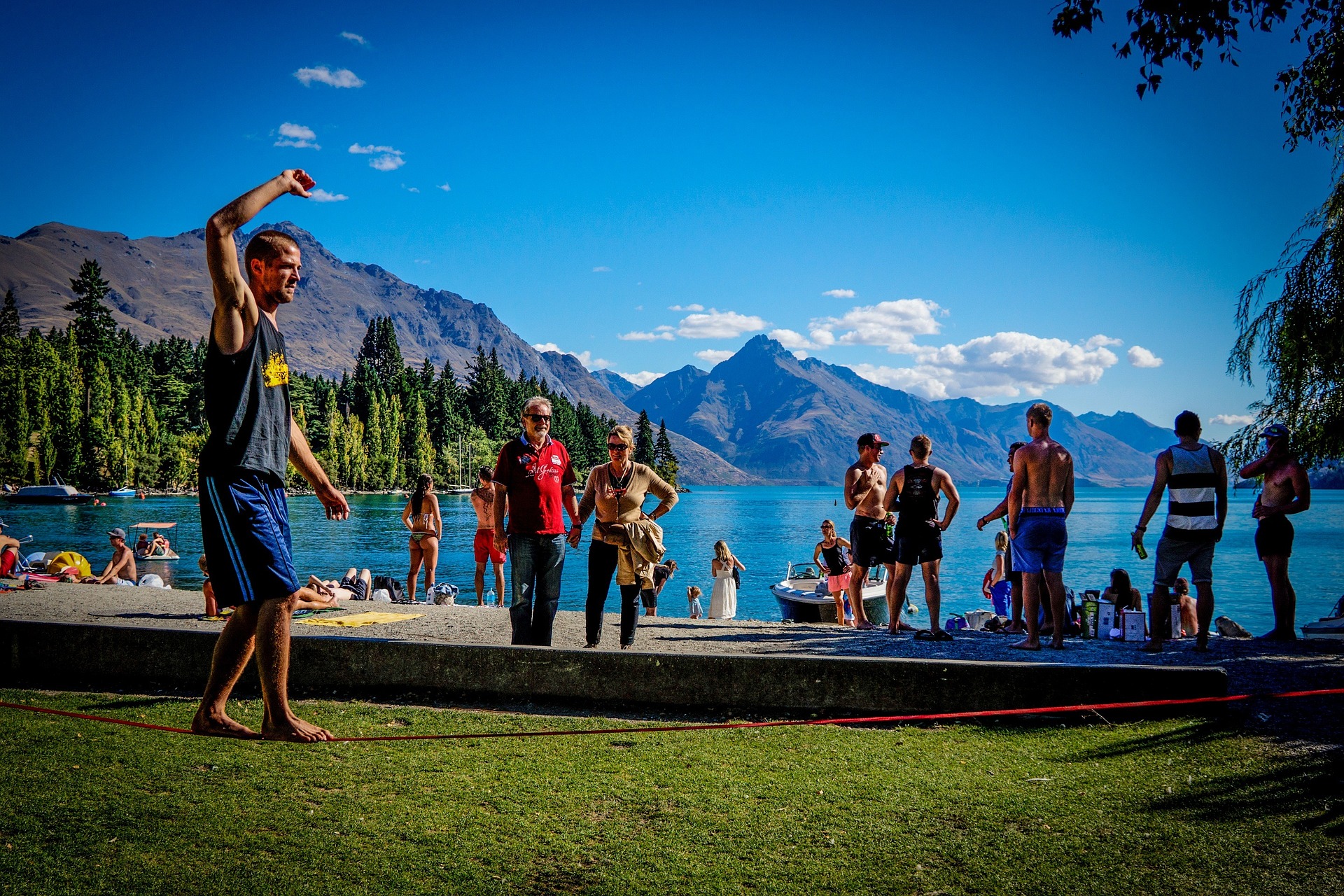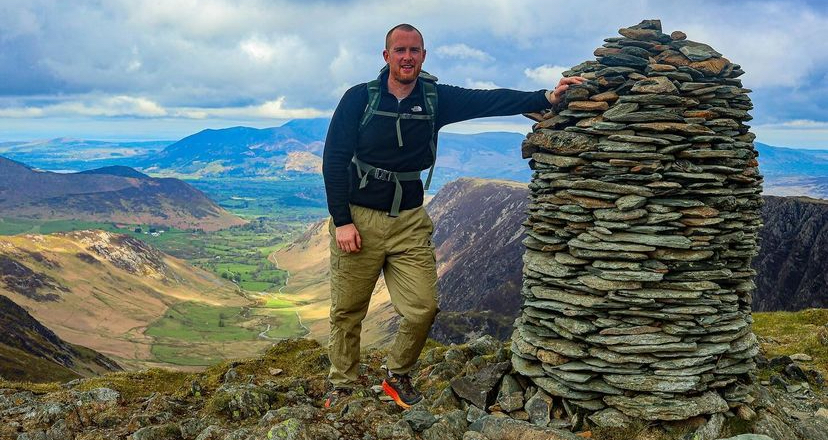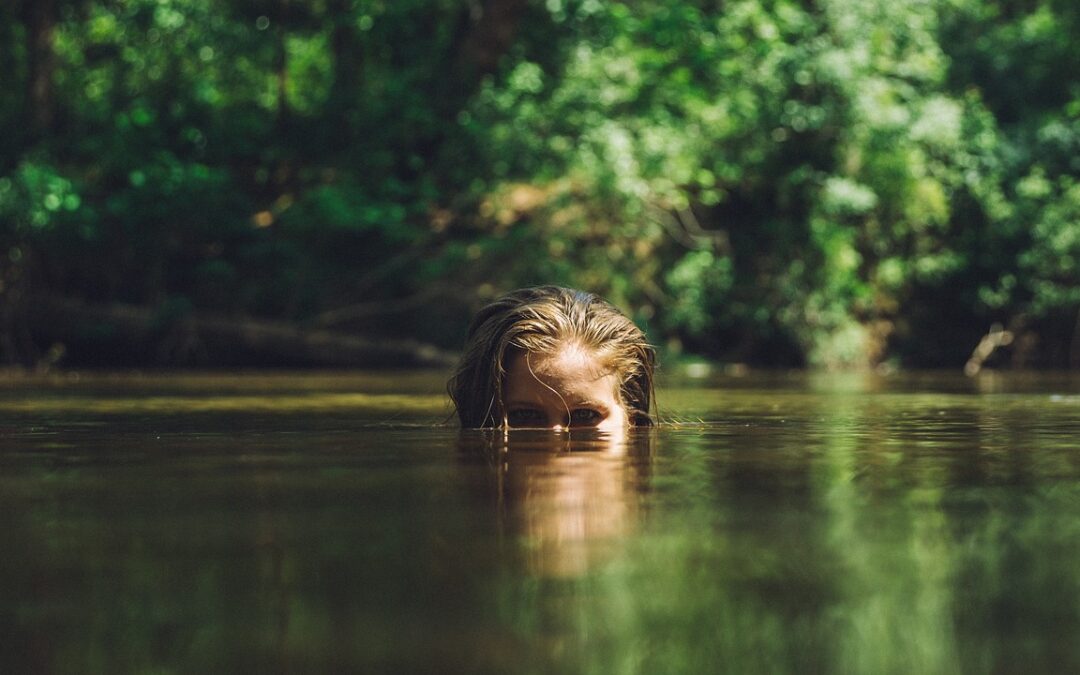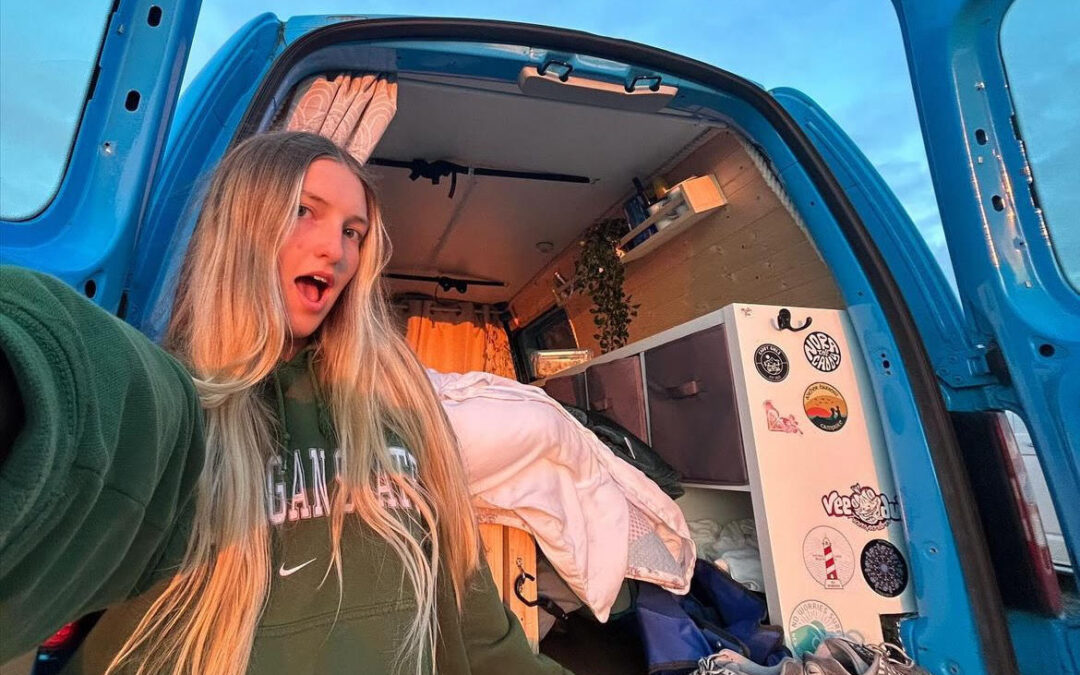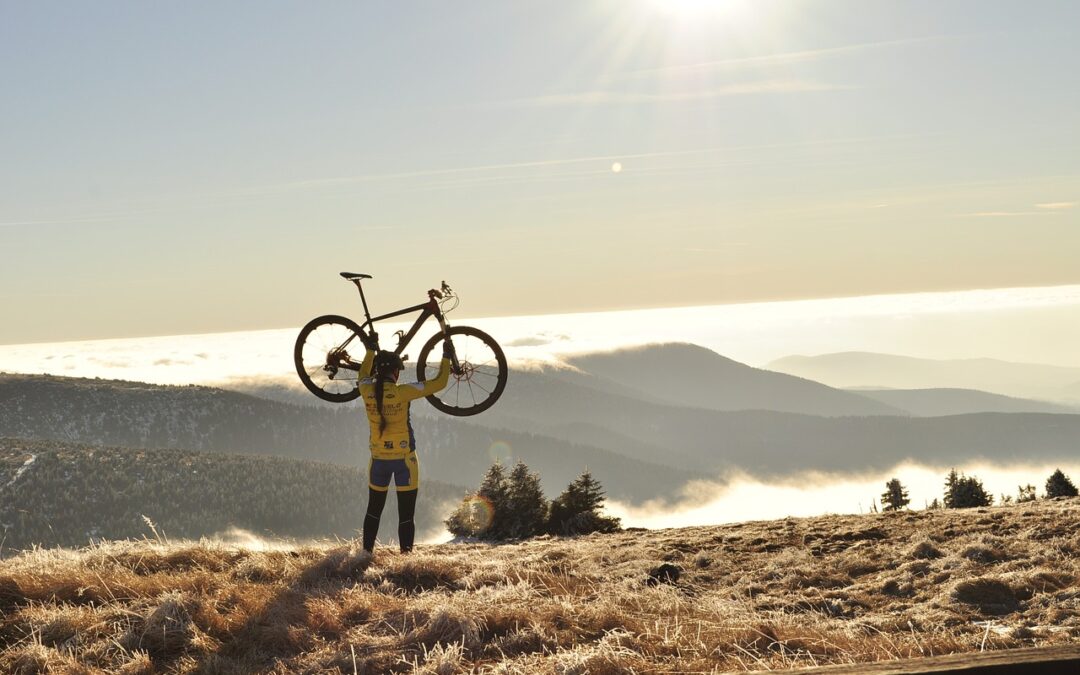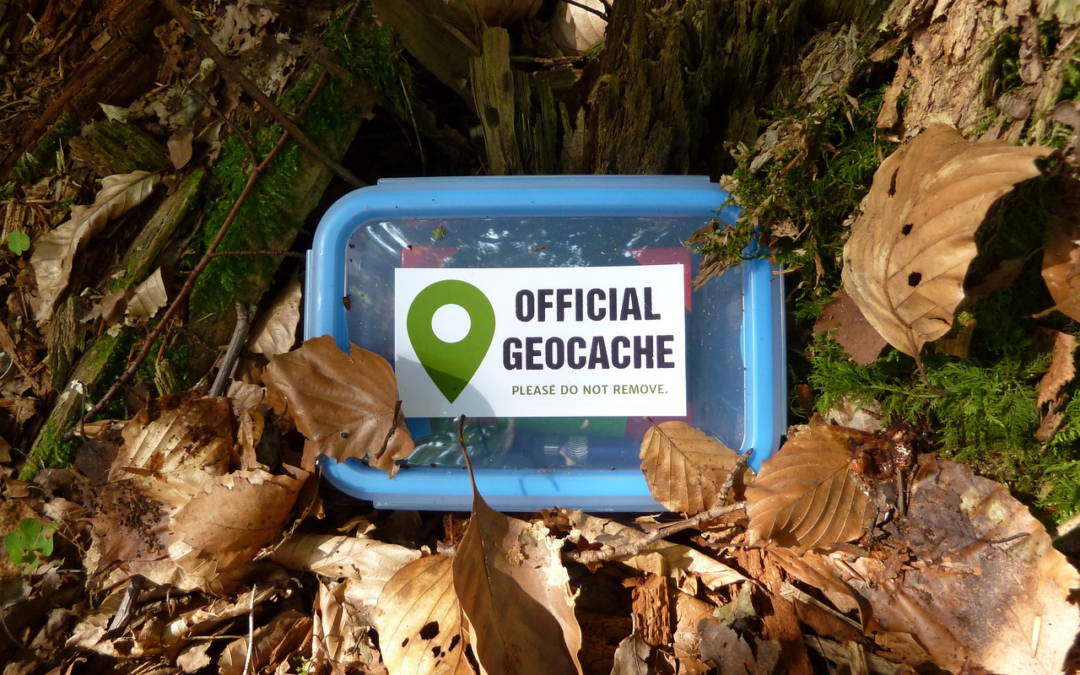You may have seen viral videos of daredevil rope walkers. But how can you join other ‘digital nomads’ and slackline at your local park.
A captivating blend of balance, strength, and focus, has evolved into various specialized forms, each with its own challenges and appeal. Whether you’re a seasoned slackliner or a curious beginner; understanding the different types of Slacklining can open up new elements to this exhilarating activity.
Whilst living in Bournemouth pre-covid, Jim and his wife discovered the sport when they were at the local beach. He highlighted its uniqueness and mindful qualities.
“You’re just on the line and you can be on it and then when you fall off and you ask ‘how long was that?’ It felt like 20 seconds, even though you’re on for five minutes or 10 minutes,” Jim said.
“It’s such a wonderful community, such a feeling of empathy, and there’s just no rivalry, bitterness, jealousy, everyone’s really up for it, everyone supports each other. I’ve never found a sport quite like that.”
Jim has since set up slackline.co.uk, a website for everything, guides, gear, locations and more. He did this to help those who wanted to slackline but did not know where to start.
Its accessibility is perhaps its greatest unique selling point. You can do it anywhere in the city, accessible for those with an evening or weekend off their nine to five. You can even have a go in your local park!
“You don’t even need trees, we’ve gone camping in the past, and we’ve just rigged it off the tow hitch of one car to the tow hitch of another car and you can do it there. You just need two stable points,” he told Nine to Alive.
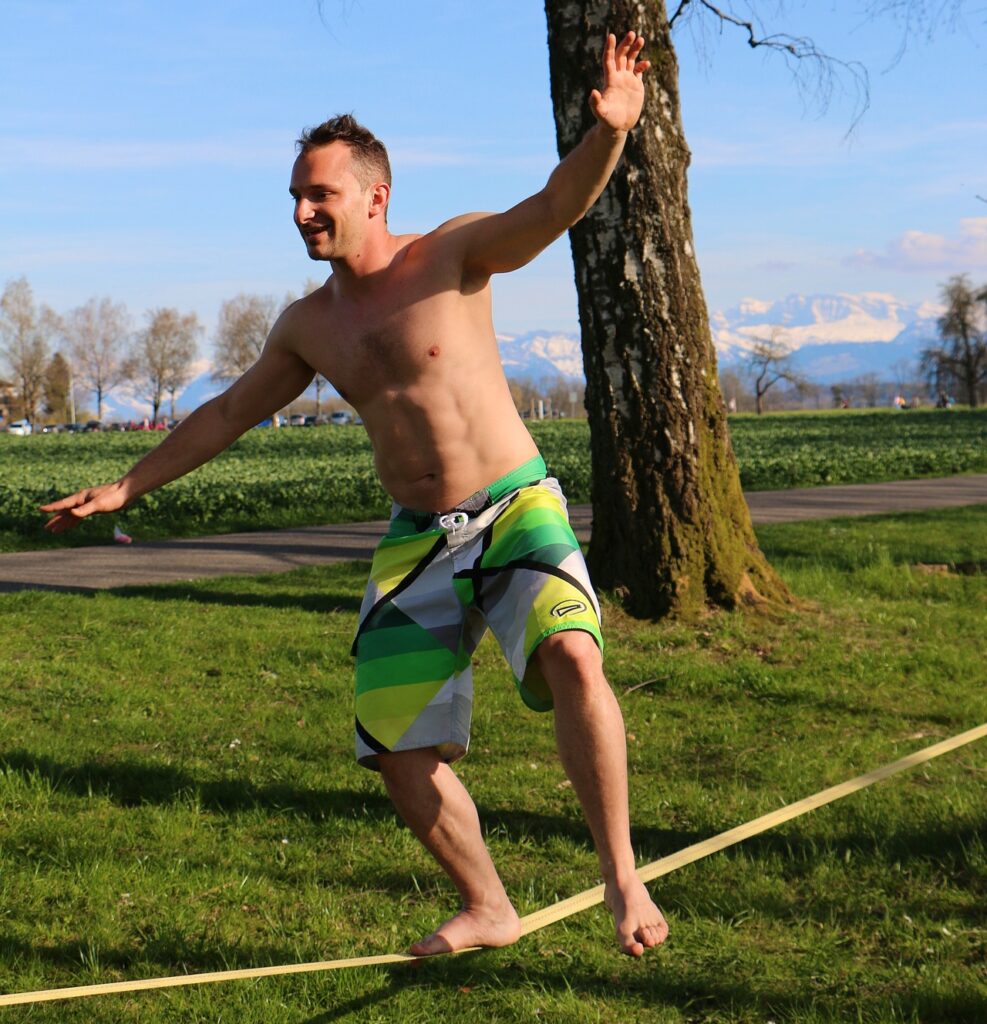
But who came up with the idea?
The sport began in America during the 70s and 80s.
Jim added: “It came from the climbing community in Yosemite. All these climbers had their gear strapped up with cargo straps. While they were waiting, they were doing their warm-up and they started rigging these cargo straps between two secure points, between cars or whatever and they started walking along it. They discovered it was very, very good for core strength and their overall balance.”
The sport has evolved significantly from its roots. Now, Slacklining is just the start; there are multiple other forms of rope-walking which involve all the elements of the outdoors.
Find out more here: https://ninetoalive.co.uk/2024/05/28/the-different-types-of-slacklining/
Best places to go in the UK?
If you are looking to Slackline in the UK there are a few spots recommended by Jim. You can find more on slackline.co.uk.
Bristol has a healthy Slackline scene. The Facebook page; Slackliners of Bristol has a few hundred members and regular posts about setups. They teach at schools and colleges and organise open sessions in St Andrews park bi-weekly on Sundays.
Slacklining London have a Facebook Group where members posts details of impromptu sessions and ‘slackjams’.
Brighton Slackline Club have a Facebook group https://www.facebook.com/groups/263034350460496 with over 500 members.
And, Manchester Slackers posts regular updates about multiple line sessions as well as Highlines and Waterlines.
Is it legal?
According to the law, ‘prior and competent knowledge must be sought and applied’. Following these guidelines is does not give you the legal right to slackline in any given area. Permission from the landowner must be granted and local byelaws may apply.
The UK Slackline Association opts for a code of conduct:
1. When anchoring slacklines to trees, appropriate measures should be taken to protect the bark.
2. If in doubt avoid rigging to trees with a diameter of less than 50cm.
3. Set up your slacklines to living, healthy trees.
4. Please consider other users of the area when slacklining and avoid blocking pathways, roads, etc and using areas of parks that are designated for other popular activities.
5. The person/s setting up slacklines are responsible for them and maybe responsible for others using their equipment.
6. Slackliners should know the ratings of all of the equipment they use and the approximate extra loads they generate whilst using it.
7. Equipment should be checked regularly to ensure that it is safe and in good condition. Unsafe equipment should be retired.
8. Slacklines should be attended at all times. DO NOT leave any line unattended without the land owners permission and take reasonable precautions to protect the slacklines from use from the general public.
9. The area in which you are slacklining and the equipment you are using should be clearly visible to people. We would recommend the use of wind dampeners/visual markers on slacklines, in particular when using longer lines
During his time Slacklining, Jim deemed it to be down to your discretion, as he’s never been told off by police.
He said “We have never, ever had anyone come to us and say, can you take that down? Because we would never. We honestly never do it on somebody’s kind of property it was on the beach and that was always 100% fine.
“Some people might have an issue if you’re doing it around some trees in the park, because there is an argument it can damage the bark of the tree; to get around that we use. tree guards which protect them from the rigs.”
Popularity:
The German scene is still thriving, with the 2023 World Cup taking place in Munich. Vlogged by famous athlete and Youtube channel Gibbon Slacklines.
In the UK, World Juggling Day 2024 is coming up on 14 to 16 June in Marbury Park, Cheshire.
Top Tips to Slackline safely:
Do not look down, look straight forward.
Do not get the other foot on the line immediately, use it as a counterbalance.
Keep your knee slightly bent
Be persistent and do not be disheartened. It can be difficult to start with. You may not even take a step but keep trying.
If you wish to give slacklining a try check out Jim’s beginners guide: https://slackline.co.uk/slacklining-for-beginners/

